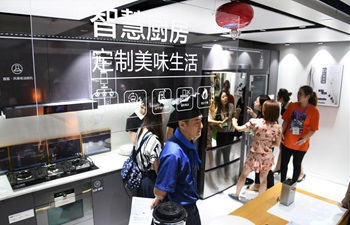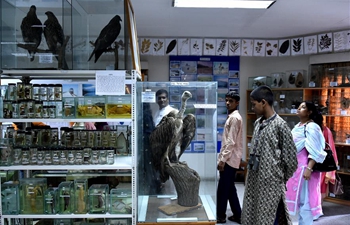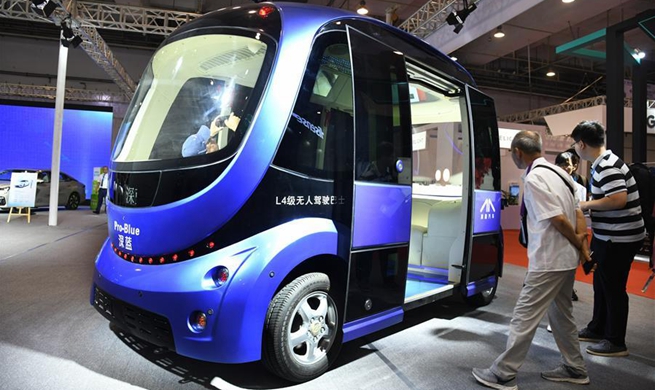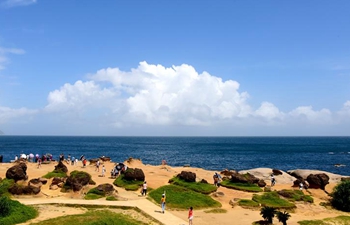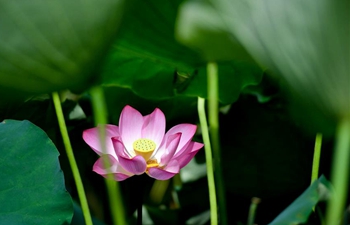BEIJING, July 19 (Xinhua) -- Known as China's first space lab, Tiangong-2 reentered the Earth's atmosphere on Friday, accomplishing its mission as a key step of China's manned space program.
Its name Tiangong-2, or "Heavenly Palace-2," symbolizes the long-held Chinese dream to reach the heavens. It was launched from the Jiuquan Satellite Launch Center by a Long March-2F rocket on September 15, 2016, with tasks ranging from verifying technologies involved in space station construction to operating science experiments.
Measuring 10.4 meters in length and up to 3.35 meters in diameter, Tiangong-2 looks much like its predecessor Tiangong-1 launched in 2011, but its interior living quarters and life support system have been improved to allow two astronauts to live in space for 30 days, and is capable of receiving manned and cargo spaceships.
About one month after the launching of Tiangong-2, China successfully launched the manned spacecraft Shenzhou-11 carrying two astronauts who would stay in space for 33 days, the longest mission in the country's manned space program to date. On October 19, 2016, Tiangong-2 and Shenzhou-11 completed an automated docking in orbit.
The two astronauts Jing Haipeng and Chen Dong conducted space science experiments and in-orbit maintenance in the space lab. They also conducted three experiments designed by middle school students from Hong Kong, including raising silkworms in space.
In April 2017, Tianzhou-1, China's first cargo spacecraft, successfully conducted automated docking with the orbiting Tiangong-2 and then carried out their first in-orbit refueling. Another two dockings and two further refuelings were completed later.
China was the third country, after Russia and the United States, to master refueling in space. Mastery of this technique is critical to China's construction of a permanent space station.
During its mission, a series of cutting-edge scientific experiments, in-orbit maintenance and tests of technologies needed for building a space station have also been conducted.
Tiangong-2 has worked in orbit over 1,000 days, much longer than its designated 2-year lifespan, accumulating considerable experience toward establishing a permanent space station around 2022.






